How Nanna de Jong draws with her pride color palette towards a more inclusive world
In Meet the Creator we talk to inspiring creatives about their work and motivations. This time: illustrator and artist Nanna de Jong who makes powerful illustrations about social justice issues.
Nanna (30) is talking to us from her jealousy-inducing office: a van in Portugal. Sun rays pour in and we hear birds chirping in the background as she explains how she ended up here. After visiting her sister in Portugal who lived in a van, she quickly became convinced of this lifestyle. ‘I was already working a lot on an iPad at the time and thought: this is great, being outside in nature. I noticed that a lot of stress from the city was melting away. I dared to admit my own thoughts more, to feel more.’
“I really don’t have the illusion that I’m going to change the world, but I hope that the messages in my illustrations are all small seeds that I plant in people’s minds.”
While she and her sister went Wwooffing (volunteering with host families on organic farms) in a valley without internet access, she was confronted with her feelings. ‘At that time, I had recently ended things with my ex-partner and in the city, it's easy to distract yourself with parties and friends. Now I had zero distractions, there in that valley, with my hands in the earth. It really was a process I had to go through.’
She liked that life so much that she has been living in her brightly painted van in the sunny Algarve for two years now. Although it sounds very idyllic, Nanna admits that there are also some drawbacks. ‘I do miss having a studio in Utrecht with many other creative people around me. Sometimes it was nice to have to go to the “office”, a clear separation between working and not working. So I would also like to create something like this in the village here.’
Nowadays Nanna is lucky she still has a lot of illustration jobs for Dutch clients. ‘Maybe I would have more clients if I were still living in the Netherlands. But then I would have needed it more as well. Here I have to work much less. I don't pay rent, use very little water, and have solar panels on the roof. Instead of spending money to go to the movies or to bars, I go to the beach to see my friends and to surf!’ In the community where she lives, she notices that there is less money, and the value for services is expressed in a different way. ‘I've done a lot of bartering here. For example, I made a logo for a woman and she gives mindfulness courses. She has “paid” me with a course.’ Nanna likes this different way of expressing value – not just in Euros. ‘You don’t see your work only as; I've spent so many hours on this and this is what it’s worth. It's much more about a certain feeling you have of value. Those logos are worth a lot to her and to me that course is priceless because I learned so much about myself.’
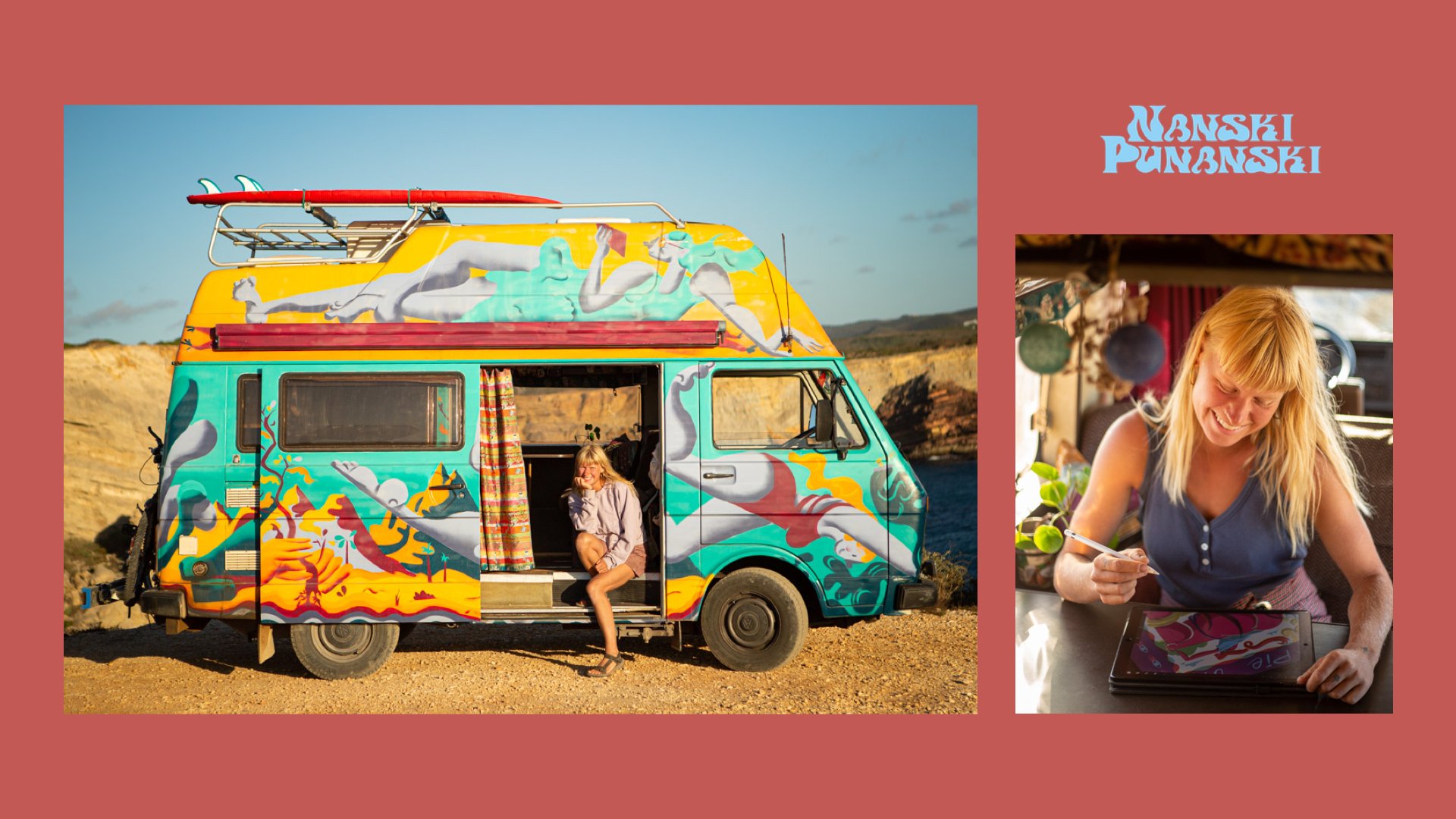
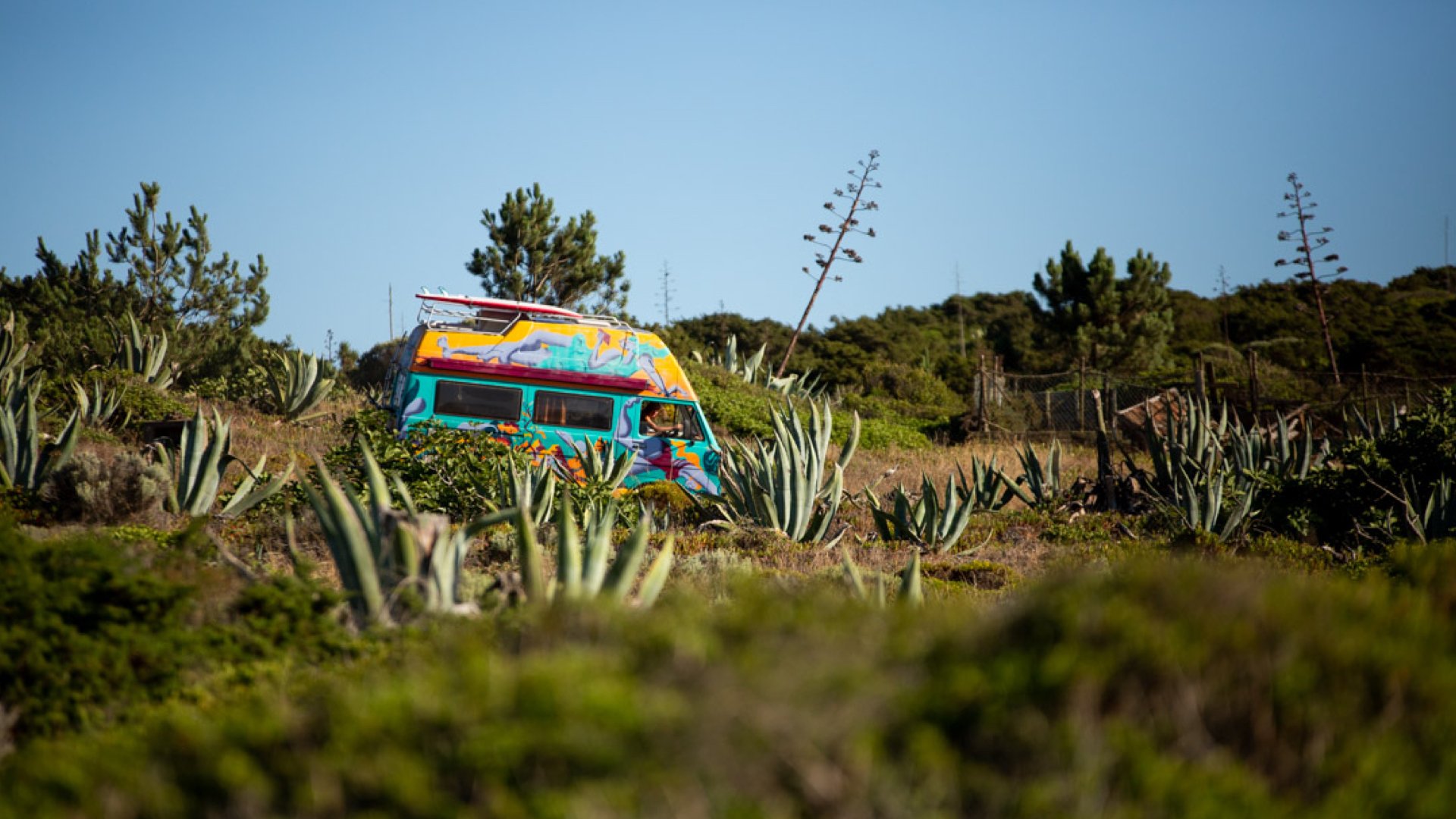

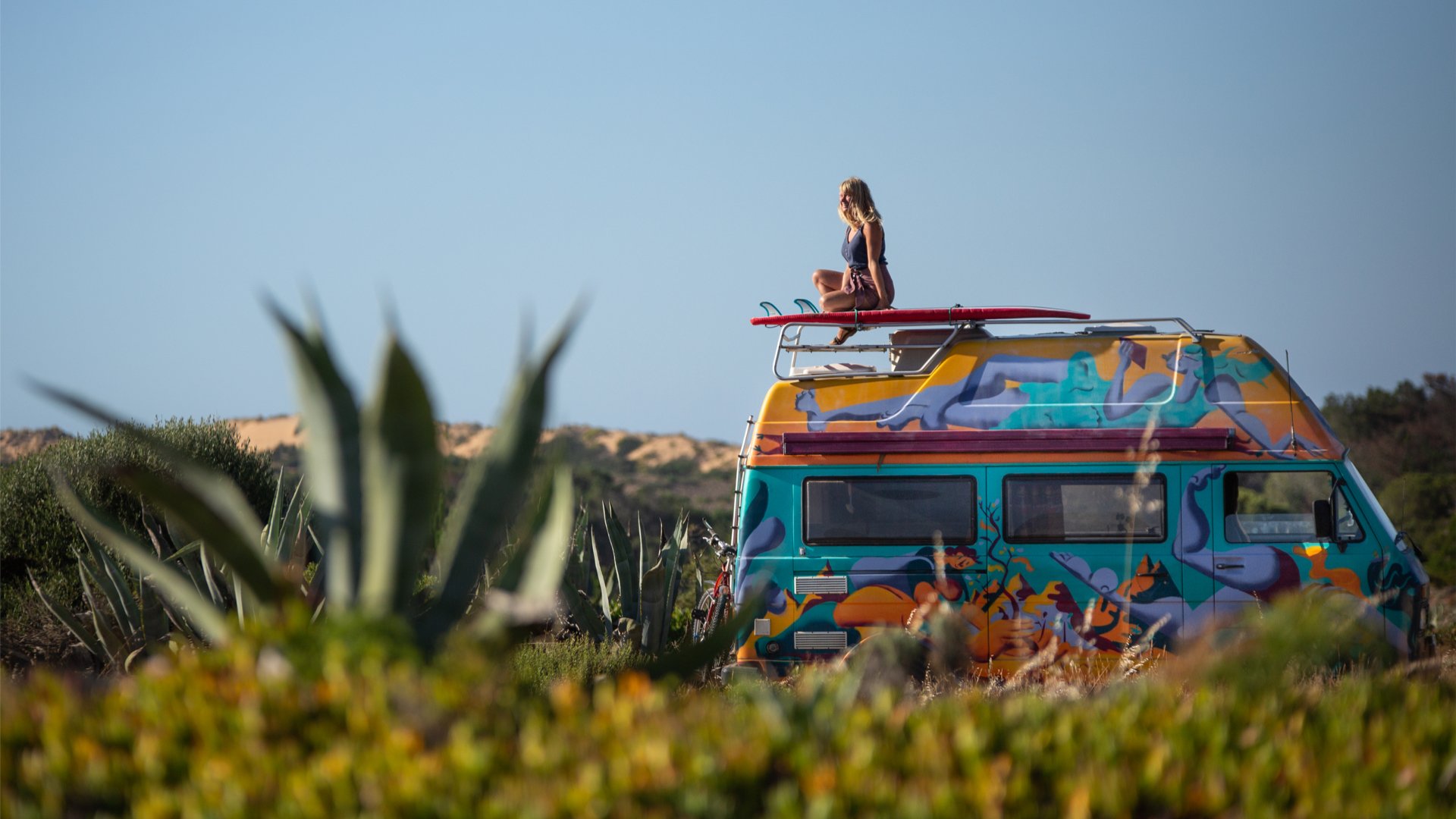
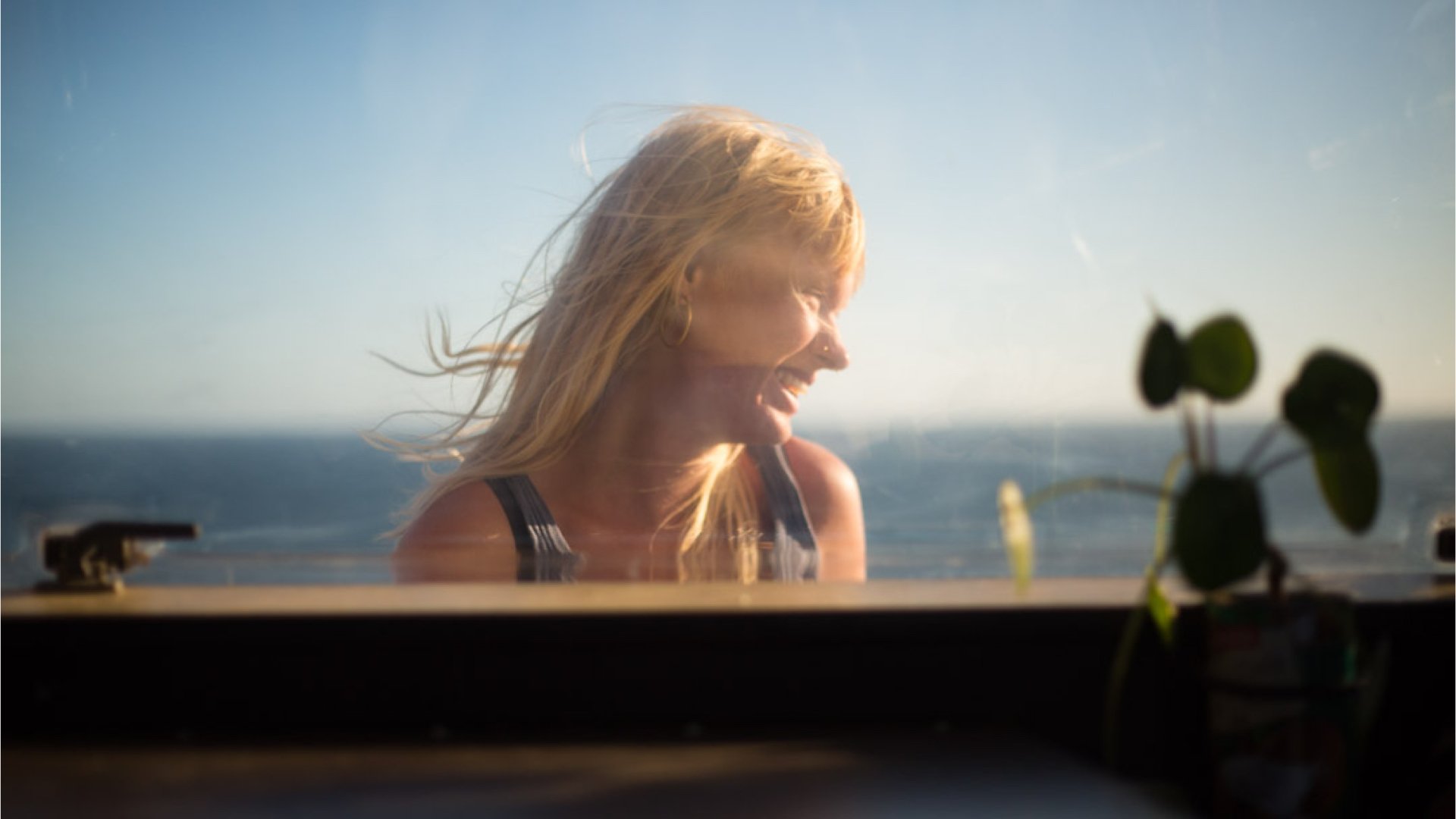
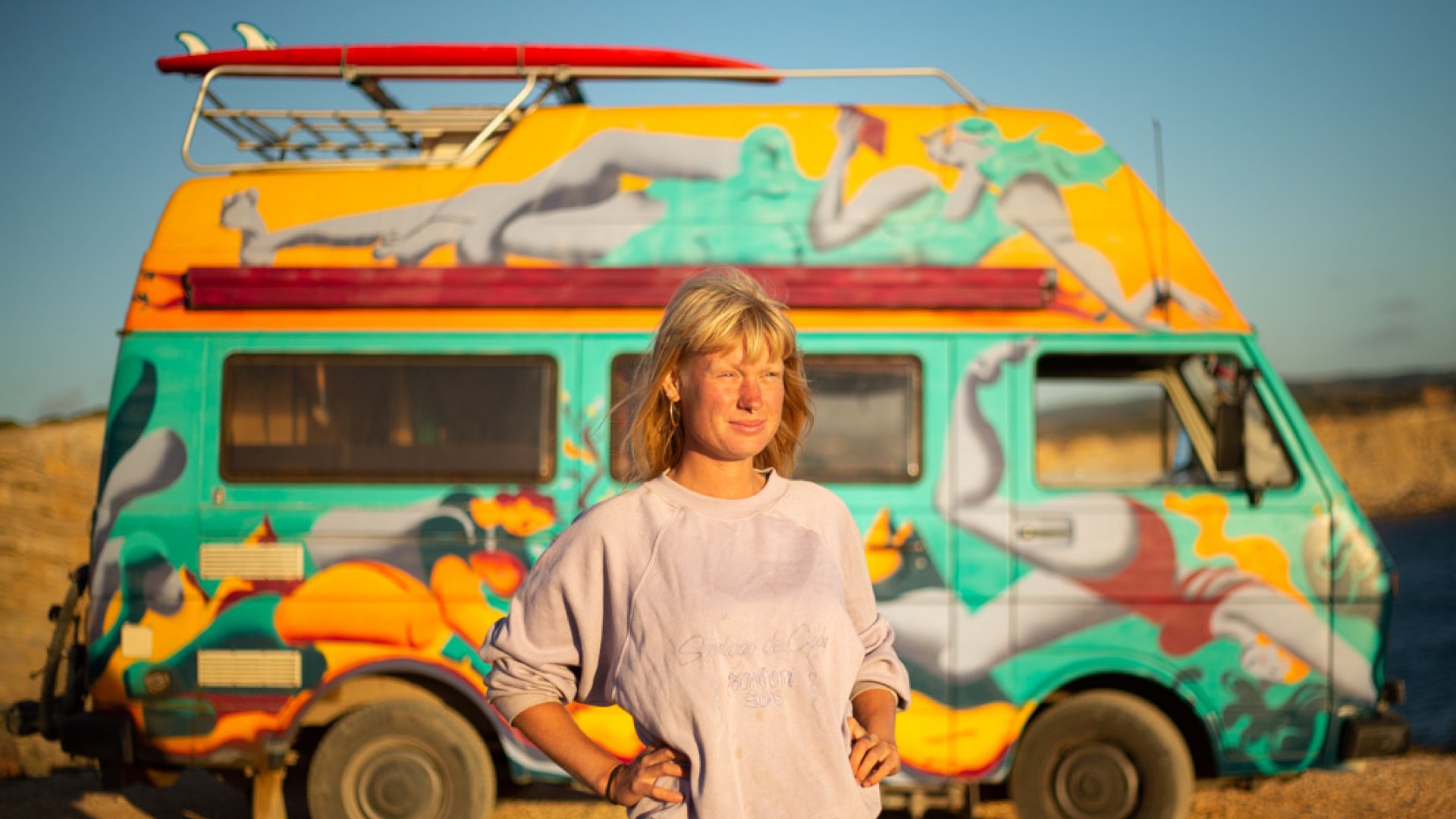
A palette of rainbow colors
That an artistic career lay ahead for Nanna seemed almost a given. Not least because she has been named after the sculptures from French artist, Niki de Saint Phalle. She became famous as one of the first feminist artists with her voluptuous, colorful sculptures of women, called Nanna's. In addition, the family Nanna grew up in – mother a clothing designer, older sister a photographer - provided an environment where creativity was stimulated.
“I draw with my Pride colour palette. I don’t want anybody feeling excluded anymore.”
Now she works for media such as Vice, de Groene Amsterdammer, de Morgen, OneWorld but also for Pride and the intersectional feminist bookshop Savannah Bay. Her illustrations immediately stand out because of the use of vibrant colours. Nanna draws with what she calls her “pride rainbow colour palette“. In a playful style, she fights for inclusivity.
You can describe her work as committed art, which is mainly about social justice issues. ’It's about fighting for equality, women's rights, queer rights, climate activism, standing against racism. I mainly fight for an equal representation; in the general media a certain ideal of beauty is displayed, and I try to go against that.’
Art turned out to be the ideal medium for Nanna to convey a message. ‘Before going to art school, I already had certain ideas, but I wasn't sure how to communicate them. I first wanted to do something with fashion, making clothes. Until I met someone who did illustrations and said: I think you want to use art as a means of communication.’ That's how she ended up in art. ‘You really have all the freedom to say what you want to say.’
Although the cheerful colour palette in her work may suggest otherwise, there is always a serious message in it.
’I’ve also had a few anarchist themes, but when you look at that kind of art, it's very black and dark. I really wanted to make that activist art but in an accessible way. So that people first think “oh what a beautiful coloured picture” and actually lure them in,’ says Nanna laughing. ‘And once they are into the show: this is what I'm trying to say with it.’ The lightness that characterizes her work also suits her personality. ‘Even though I am working on these heavy themes, I am a very cheerful and light person. That cheerfulness is in my work but there is always a different layer to it. I want to inform but also to entertain. A small finger in the air, but followed by a somersault!”
Her motivation to create art about these subjects comes from a strong sense of injustice. ‘I just don't get it, for me it's so clear that there are all sorts of different people in the world and that no one is better than the other. But still, everywhere people of colour, women and queer people are being oppressed.’ With her work, she tries to make people aware of these social problems. ‘I think it's important that people become aware of it because otherwise, we'll never be treated equally.’
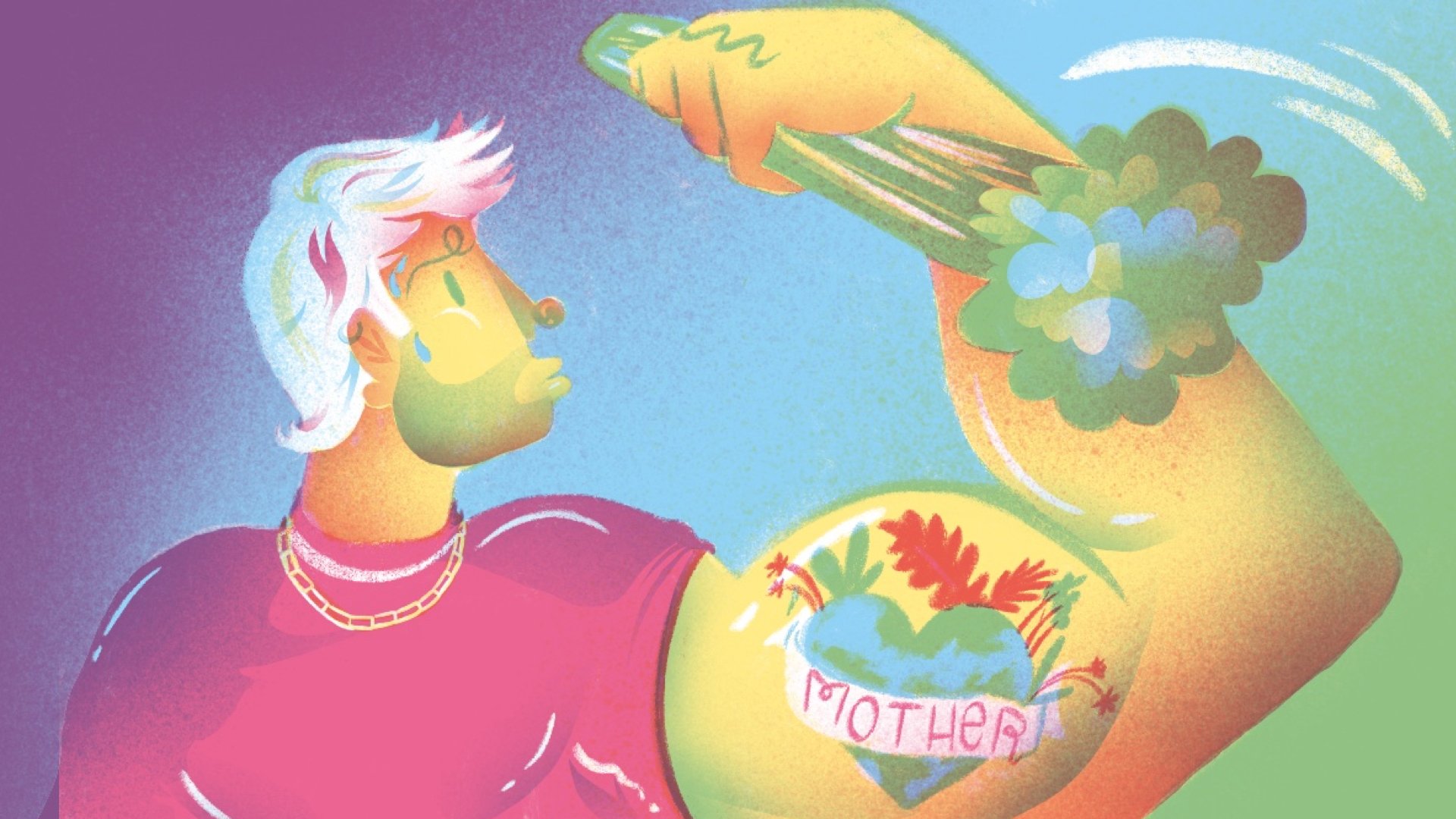
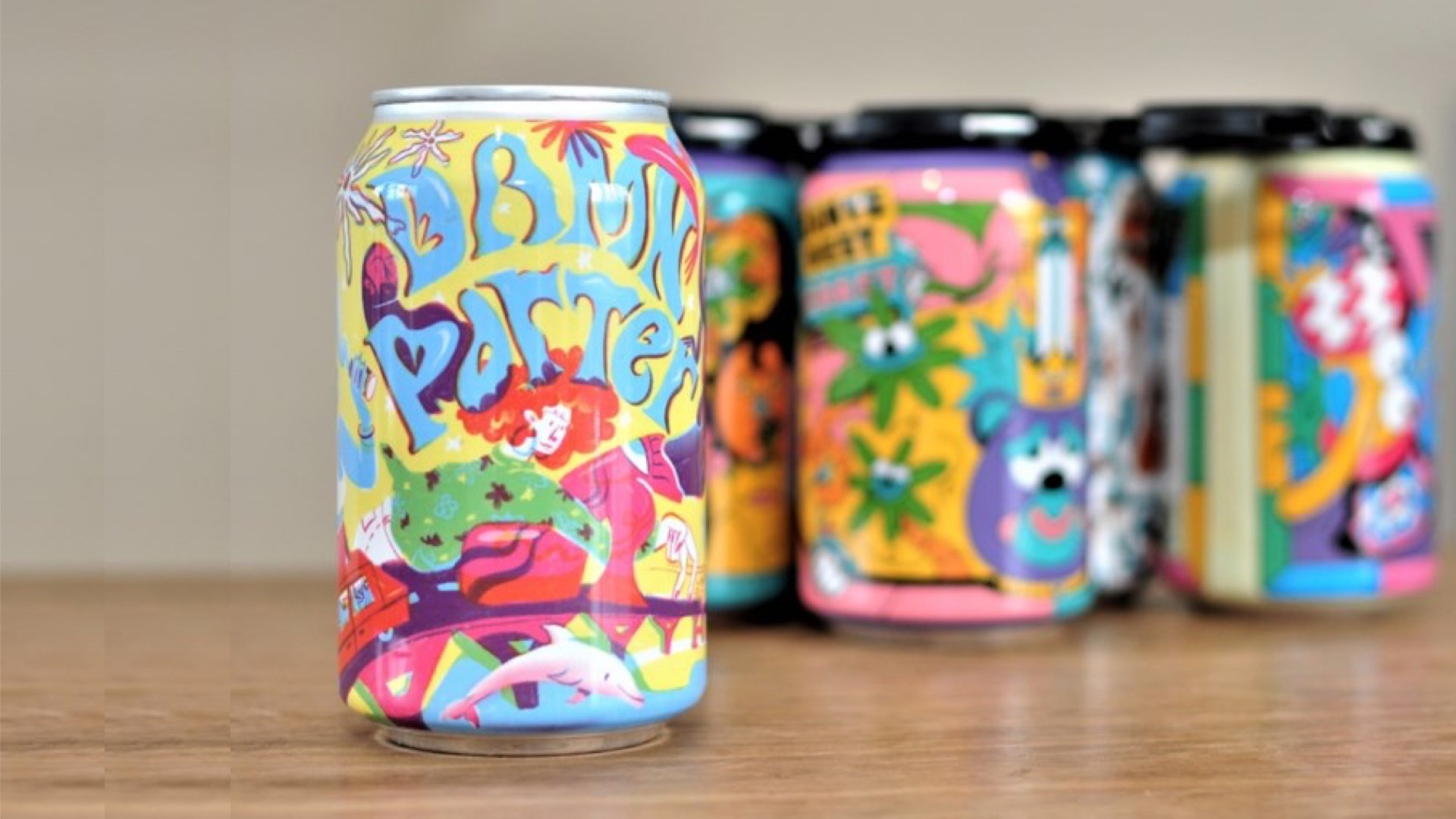
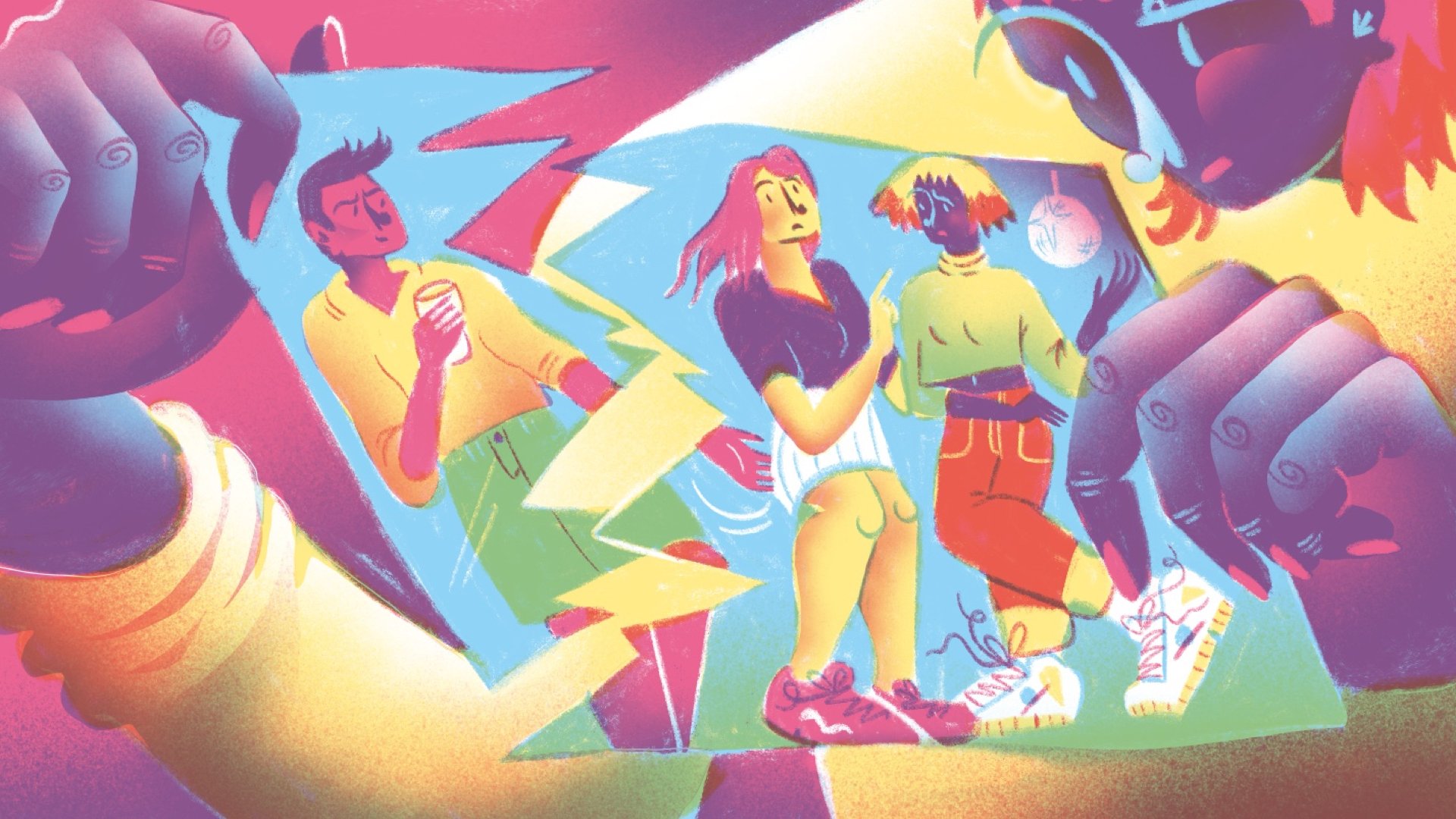
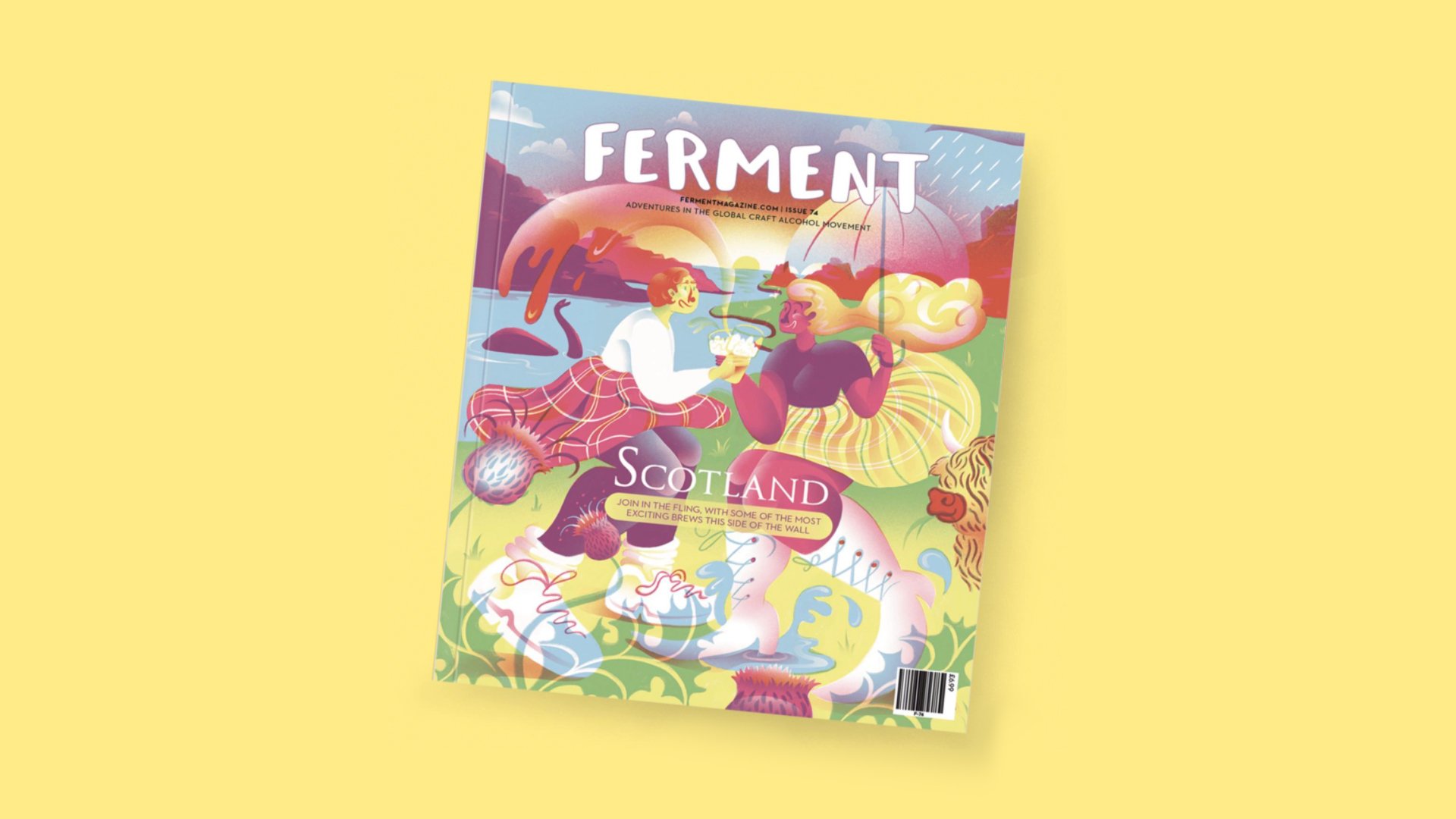
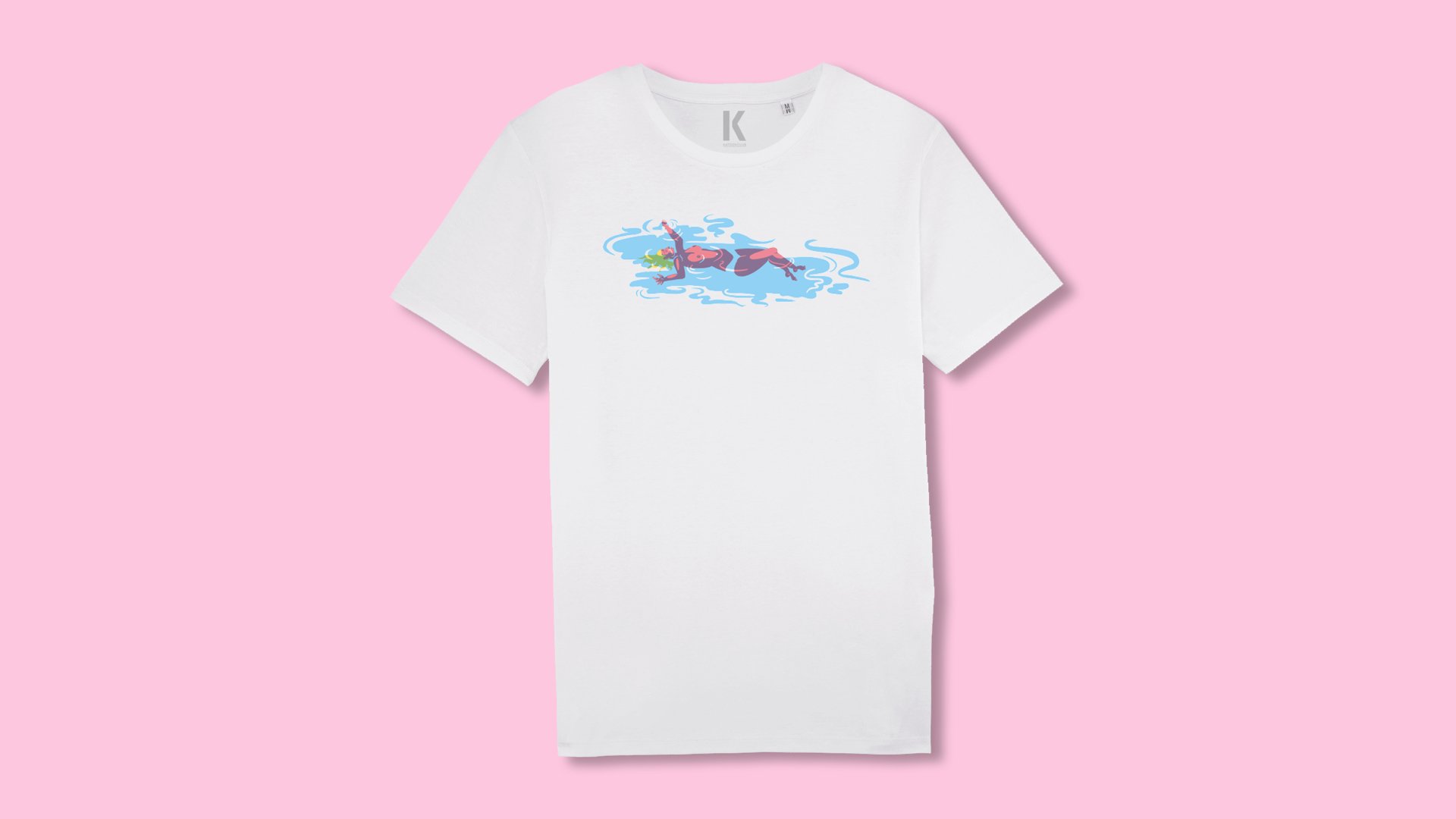
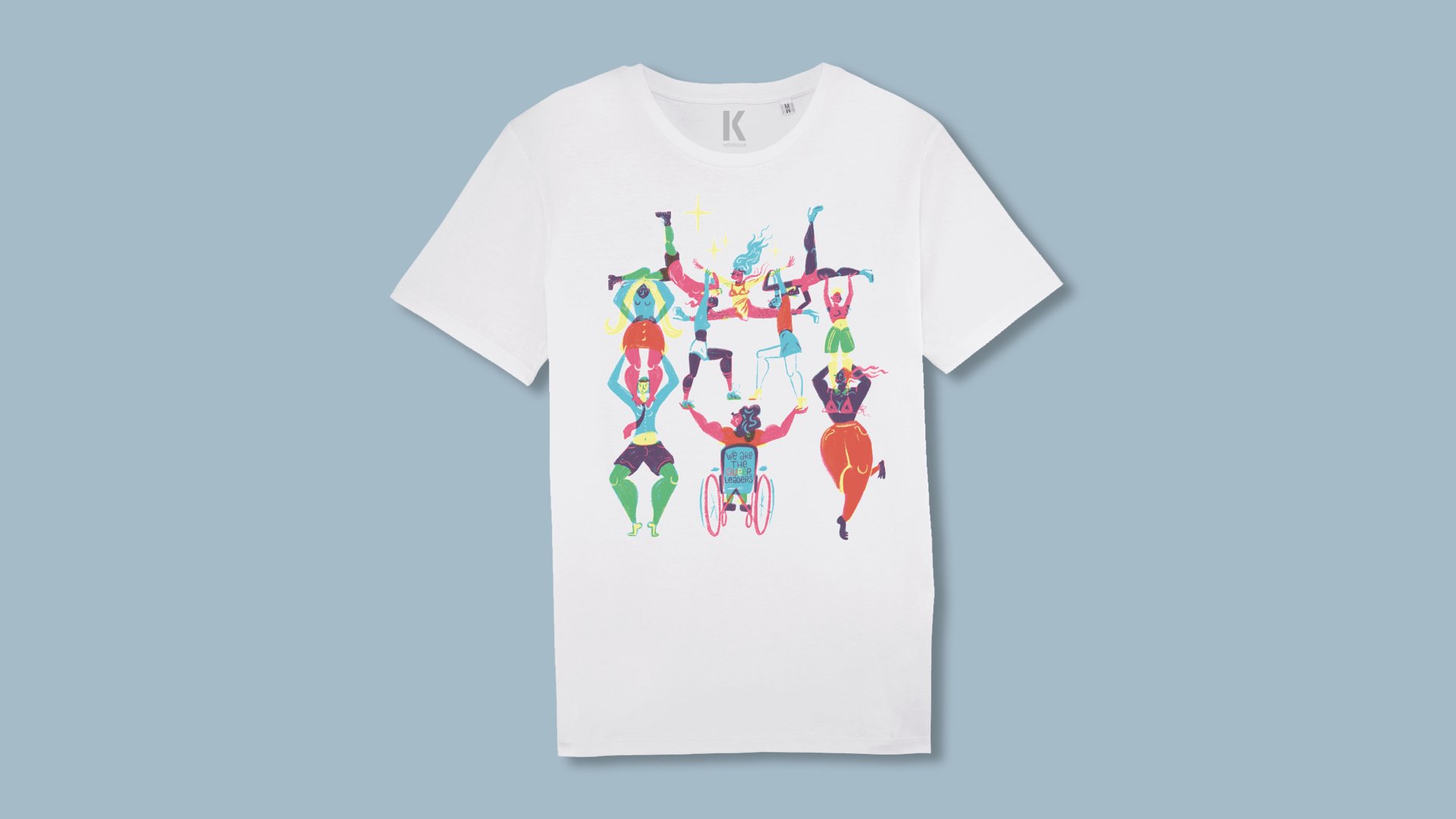

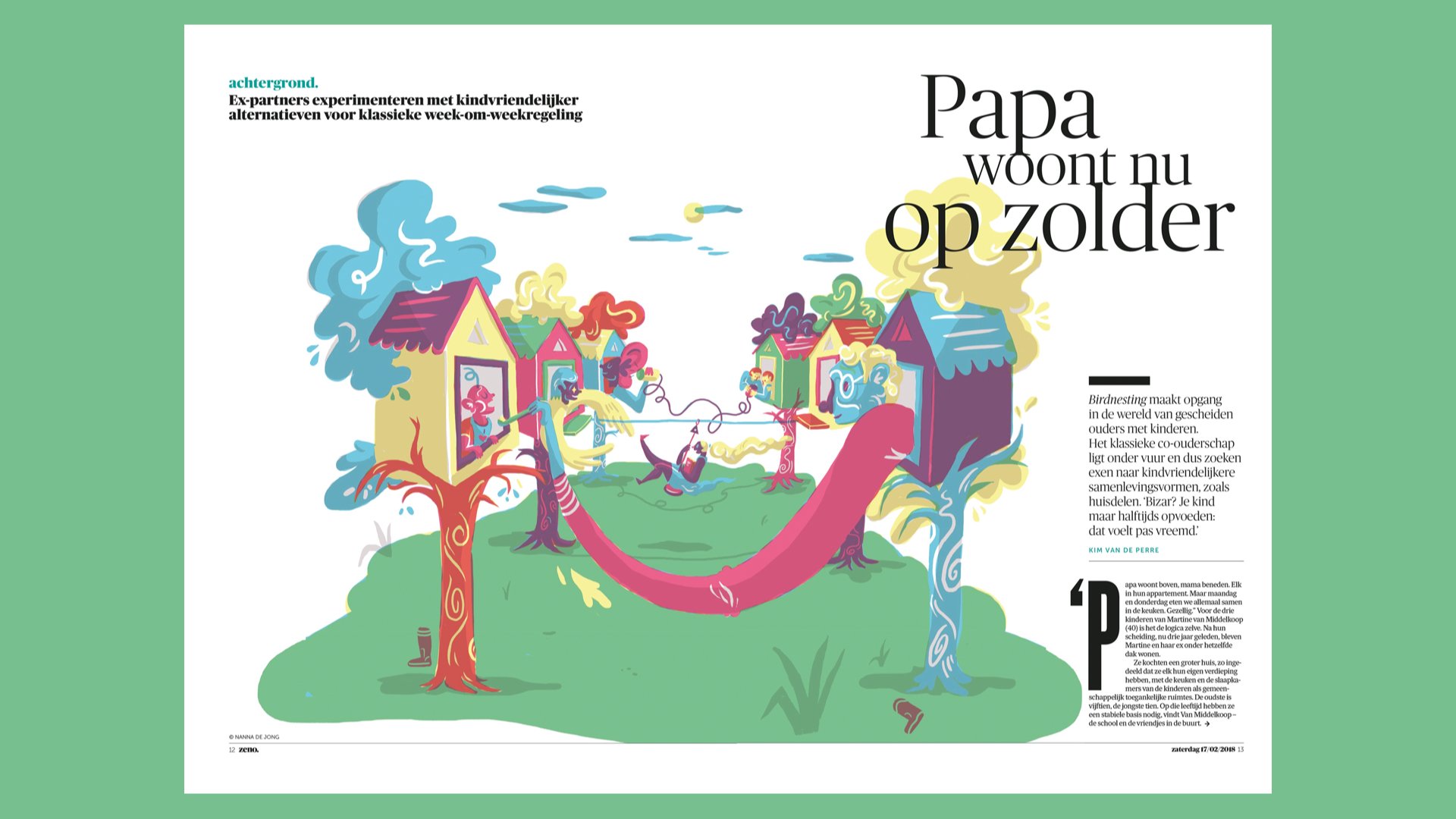
Making your voice heard
Nanna believes that creatives also have a certain responsibility in this. ‘It doesn't matter what profession you have, if you have a voice, I think it's always important to use it as an alarm to wake other people up!’
Companies and individuals are increasingly taking a more active role in contributing to sustainability and social inequality. ‘I partly agree with that, but I find it very tricky. You also see a lot of companies that do it as greenwashing or rainbow-washing, such as Shell.’ Companies that only do this for their image, or because they see that it is trendy or appeals to young people, is a serious pitfall according to Nanna. ‘On the one hand, I think yes, if big companies really do deliver on their promises, then I'm in favor. But I am wary of that smokescreen, making it look like something is being done, that is even more harmful I think. Especially for the credibility of companies that are actually doing well.’
‘I think it's really important to bring out authentic stories, people who really want to do something good apart from profit. Those companies tackling social inequality or climate problems is not only good for the world, but also for the companies themselves, is a win-win. Inclusion, sustainability, and ally-ship should all be on top of lists. Not to make ourselves or our companies look good but to actually show how beautiful our world is, in all its diversity.’
Want to know more? Visit nannadejong.com and follow her on Instagram | Photos by Lien Wevers

